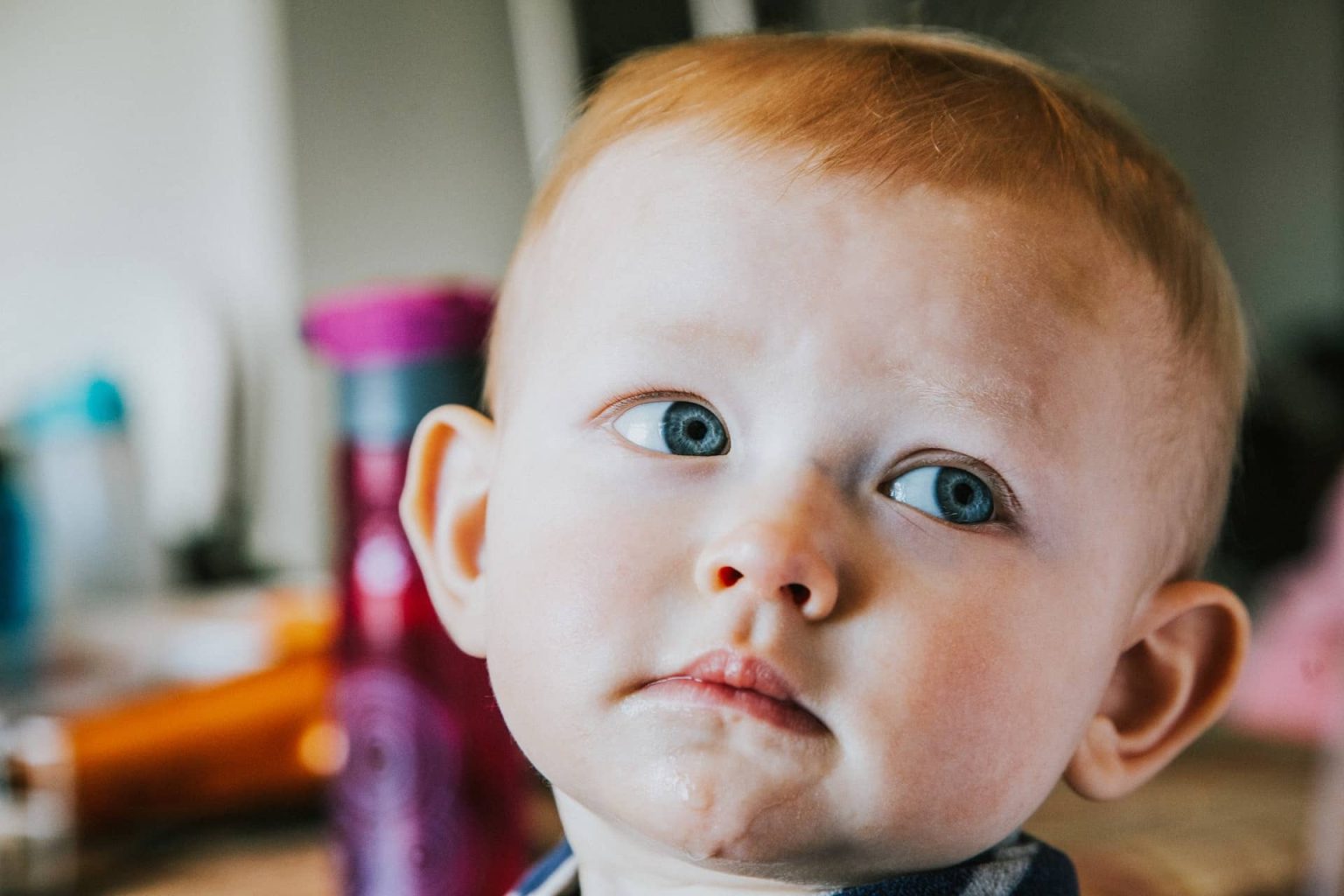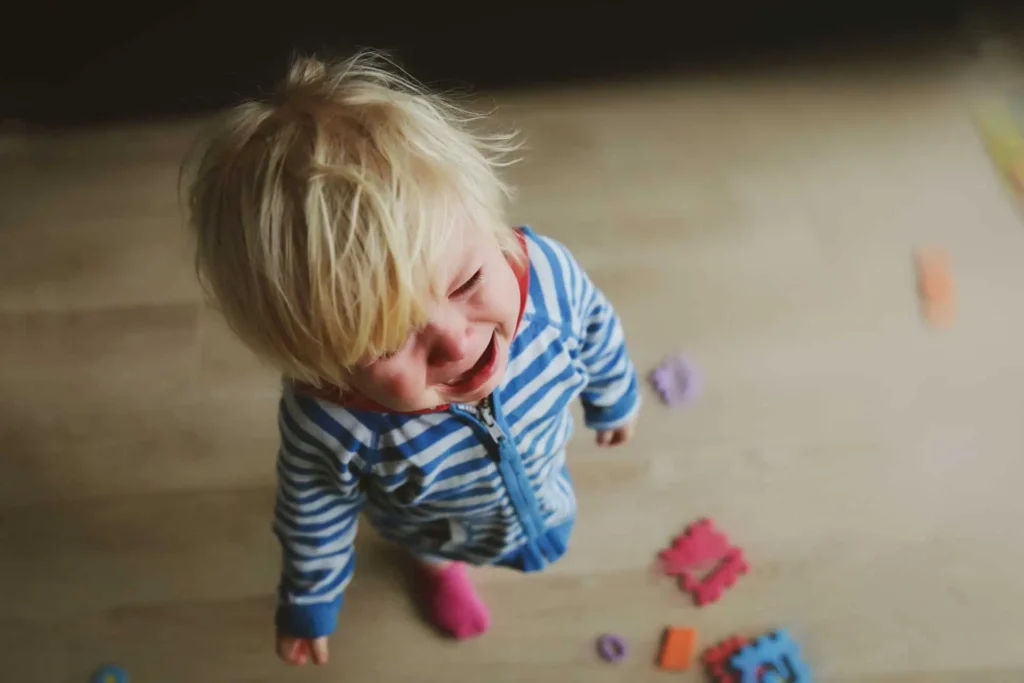While drool is expected for infants (especially when they’re teething), drooling can continue into toddlerhood. This can cause some concern among parents who wonder why their their toddler is drooling so much – especially when it appears that they have many of their teeth. (Generally a child has all of their 20 “baby” teeth in the mouth by age two and a half to three.)
Drooling is actually a normal occurrence in children before the development of and control of their muscles around the mouth and lips. Part of that control means children can feel the wetness around the mouth and chin, swallow frequently to regulate the saliva buildup, close their lips and control salivary suction. This involves quite a bit of work. This developmental milestone usually happens around age two, but the delay is not considered a problem until after age four.
Saliva serves several purposes, including the following:
- lubricating the mouth for chewing, swallowing and speech
- washing away debris
- preventing tooth decay by buffering acids in the mouth
- aiding in digestion















